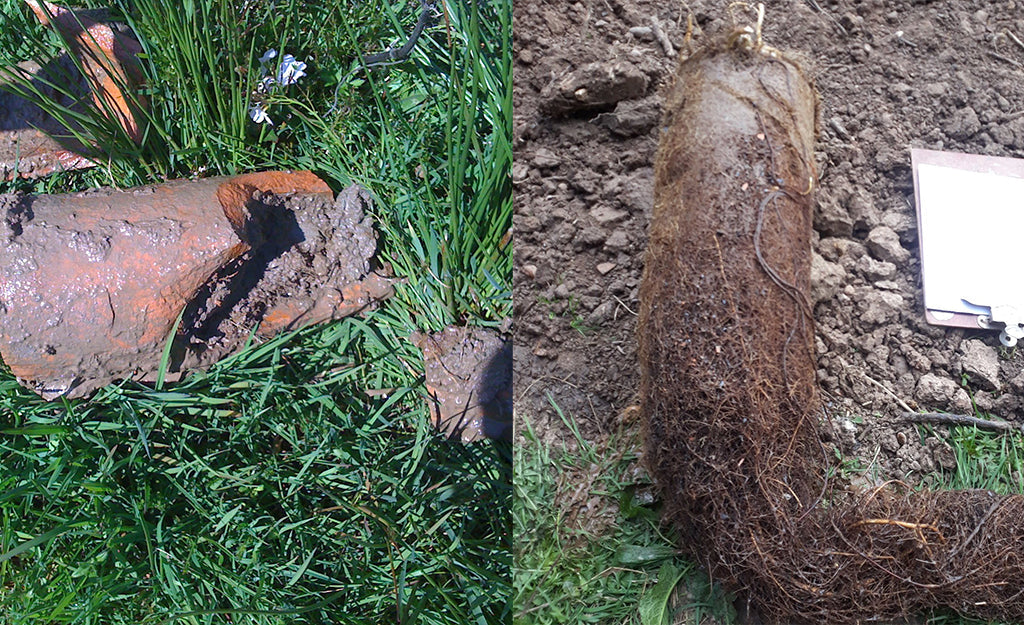According to the Agriculture and Development Board, around 6.4 million hectares of agricultural land in England and Wales have been drained using piped systems. Unfortunately, many of these older systems are now reaching the end of their lifespan — with more and more land drainage systems being reported as failing.
Contents
Why Are Land Drainage Systems Failing?
The installation of clay piping systems was popular over 30 years ago when government grants encouraged farmers to invest in land drainage. However, after these grants were withdrawn in the 1980s, fewer systems were installed — leaving many older ones now deteriorating and inefficient.
Here are the most common issues affecting older systems:
Clogged with Silt
Clay drainage pipes are highly prone to silt build-up, which occurs over decades of use. These blockages are difficult — often impossible — to remove. Even with high-pressure jetting, it’s easy to dislodge more subsoil into the lines than you clear out, making it a temporary fix at best.
Fractured or Broken Pipework
Over time, clay pipes can fracture due to ground movement, defective joints, or erosion of the sub-soil around them. Vehicle traffic above the field or poor backfilling during installation can also cause cracking. Once broken, these pipes often collapse entirely, blocking the system and reducing drainage efficiency.
Tree Root Ingress
Tree roots can easily infiltrate mortar joints or pipe fractures, spreading inside and gradually filling the pipe. As debris becomes trapped among the roots, the internal bore is reduced — and over time, the line can become completely blocked.
Image: Courtesy of Rob Burtonshaw, Farm Services Ltd
How Does Modern Land Drainage Pipe Compare?
Modern land drainage pipe is no longer made from clay. Today’s systems use high-density polyethylene (HDPE), designed for exceptional strength, flexibility, and chemical resistance.
HDPE pipe can be supplied as either solid wall or perforated coil. Perforated coils allow surface water to enter through precision-drilled holes, while unperforated coils distribute collected water. When installed, the pipes are surrounded by granular fill and wrapped in geotextile fabric to prevent silting, soil erosion, and root ingress — ensuring a far longer system lifespan.
How Cotterill Civils Can Help
With decades of experience in both farming and land drainage, our team understands exactly what UK farmers need. We supply a full range of land drainage solutions at competitive prices, including:
For expert advice on upgrading or replacing your land drainage system, call us on 0121 351 3230 or fill out the enquiry form below.
Alternatively, fill out our enquiry form:





